
Stone, Carpenter & Willson was a Providence, Rhode Island–based architectural firm in the late 19th and early 20th Centuries. It was named for the partners Alfred Stone (1834–1908), Charles E. Carpenter (1845–1923). and Edmund R. Willson (1856–1906). The firm was one of the state's most prominent.
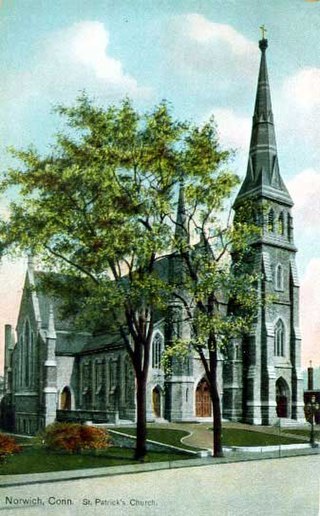
James Murphy, FAIA, (1834–1907) was an Irish-American architect active in late-nineteenth- and early twentieth-century New England, who designed numerous Roman Catholic churches and related structures.

Clifton A. Hall (1826-1913) was an American architect from Providence, Rhode Island.

Elbridge Boyden (1810–1898) was a prominent 19th-century American architect from Worcester, Massachusetts, who designed numerous civil and public buildings throughout New England and other parts of the United States. Perhaps his best known works are the Taunton State Hospital (1851) and Mechanics Hall (1855) in Worcester.
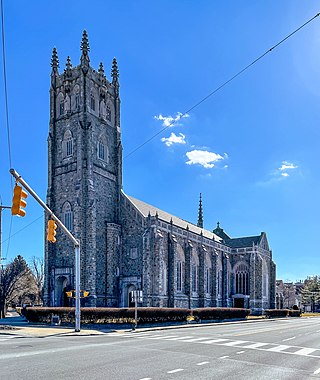
Ambrose J. Murphy (1869–1949) was an American architect whose practice was based in Providence Rhode Island. He was a specialist in ecclesiastical work and, in a career that spanned over 40 years, designed many buildings for the Roman Catholic Diocese of Providence Rhode Island and Fall River Massachusetts.
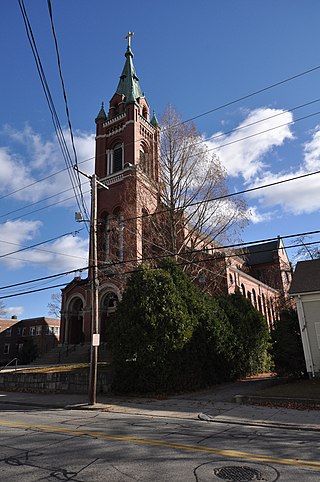
Walter F. Fontaine was an American architect of French Heritage from Woonsocket, Rhode Island.

Alfred Stone was an American Architect. He was a founding partner of the Providence, Rhode Island, firm of Stone, Carpenter & Willson. Mr. Stone was best known for designing many prominent Rhode Island buildings, including the Providence Public Library, Union Station, buildings at Brown University and the University of Rhode Island, and many private homes.

John A. Fox (1835–1920) was an American architect. Fox practiced in Boston for fifty years and is best remembered for his works in the Stick Style.

William R. Walker & Son was an American architectural firm in Providence, Rhode Island, active during the years 1881 to 1936. It included partners William Russell Walker (1830–1905), William Howard Walker (1856–1922) and later William Russell Walker II (1884–1936).

Martin & Hall was the architectural partnership of Frank W. Martin and George F. Hall (1866–1928). It was based in Providence, Rhode Island.
John F. O'Malley was an American architect from Rhode Island.

Robert Charles Nicholson Monahan was a Canadian-American architect from Pawtucket, Rhode Island.
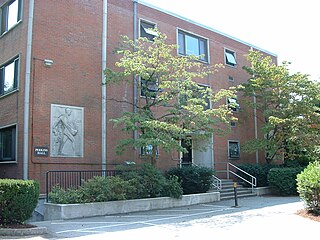
Lloyd Willington Kent (1907-1991) was an American architect from Providence, Rhode Island. With work based in modernist theory, Kent and his firms designed many Rhode Island civic buildings during the mid-twentieth century.

C. Willis Damon (1850-1916) was an American architect from Haverhill, Massachusetts.
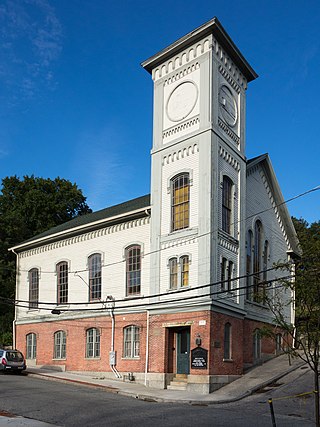
Charles F. Wilcox (1845–1905) was an American architect practicing in Providence, Rhode Island.
Frank W. Angell (1851–1943) was an American architect practicing in Providence, Rhode Island.

John Forbes Hogan was an American architect from Providence, Rhode Island.

Stone, Carpenter & Sheldon was an American architectural firm based in Providence, Rhode Island. Established in 1906 and dissolved in 1926, it was the successor firm to Stone, Carpenter & Willson.
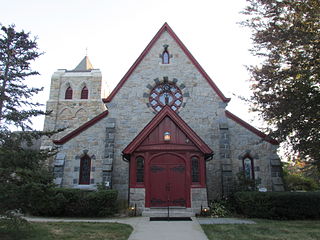
Edwin L. Howland (1838–1876) was an American architect from Rhode Island who, despite his short career, designed several of Providence's most significant buildings of the 1860s and 1870s.
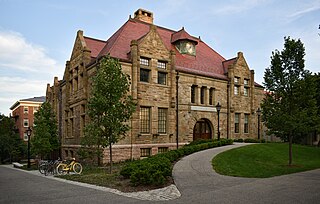
Thomas J. Gould (1849-1923) was an American architect from Providence, Rhode Island.


























